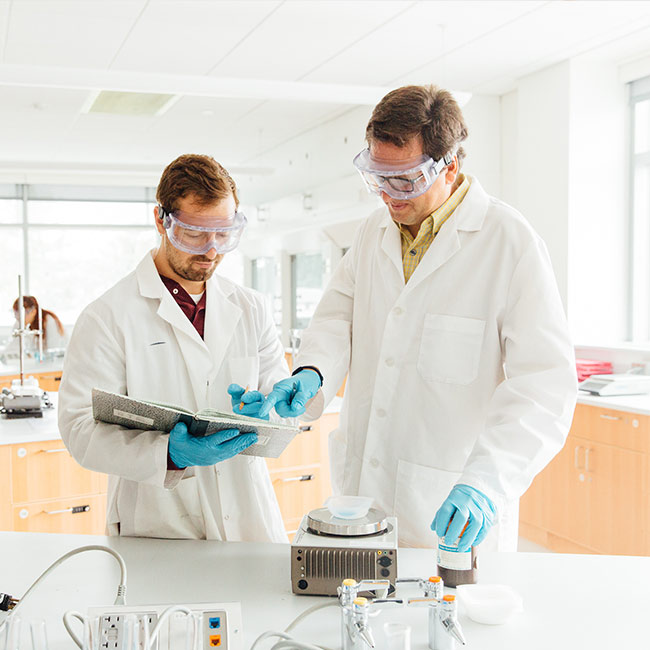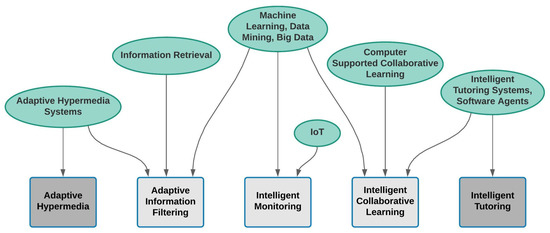What Does Bioinformatics Tutor Mean?
Table of ContentsThe smart Trick of Bioinformatics Tutor That Nobody is DiscussingThe Best Strategy To Use For Bioinformatics TutorThe Bioinformatics Tutor PDFsSee This Report on Bioinformatics TutorSome Ideas on Bioinformatics Tutor You Need To Know
Of the overall participants associated with the training, 80% were students from public greater education and learning establishments, while the staying 20% came from private establishments. To get a certificate of participation, pupils were called for to go to a minimum of 90% of the total training hours. As a result of this need, a remarkable 95% of the participants successfully obtained their certificates, having not only met the minimum presence requirements yet likewise completed all assigned tasks throughout the training.
During the height of the COVID-19 pandemic, particularly between June and August 2020, the job group was charged with arranging specialized training in bioinformatics. This training was particularly aimed at trainees from the research team Nucleus for Research study in Applied Computer at the Federal University of Pará (UFRA) The adaptation to remote learning platforms as a result of the pandemic created a chance to discover brand-new training techniques and digital devices that enhanced both reach and efficiency.
This program was designed to supply an easily accessible yet detailed introduction of Artificial Intelligence strategies, especially as used in bioinformatics (Bioinformatics Tutor). This virtual format enabled engagement from students throughout Brazil, many of whom may not have had the opportunity to participate in in-person sessions.
The Only Guide to Bioinformatics Tutor
A noteworthy function of this training course was its emphasis on hands-on knowing. Roughly 50% of the complete training hours were dedicated to practical tasks where pupils built smart versions and applications in a range of scientific domains, including genes, molecular biology, and environmental data evaluation. Extensively made use of frameworks and tools such as Spyder, Google Colab, Jupyter Notebooks, and Orange were incorporated into the coursework. These systems enabled students to engage in real-time data adjustment, model training, and formula experimentation.
Sixty of them were connected with various higher education organizations in the state of Pará, while the continuing to be twenty came from institutions located in five various other Brazilian states. By presenting Artificial Intelligence in a sensible and pertinent context, the campaign offered to link the gap between concept and real-world application, offering students with a strong foundation for future study or employment in the field.
The training initiative developed part of a wider scholastic outreach effort understood as the Bioinformatics when traveling job. This job has, throughout the years, introduced dozens of students to the world of bioinformatics and computational biology. The events held under this umbrella campaign have happened across several regions and years, as summed up in Table 1 (List of events, places, years, and complete numbers of trainees and instructors)
Among one of the most amazing end results of the Bioinformatics when traveling effort has actually been its contribution to the growth of decentralized research study teams. Numerous of these groups, at first combined by their participation in training occasions, have actually considering that taken place to produce More about the author independent scientific research study in partnership with neighborhood academic institutions. The training not only promoted clinical reasoning within the context of bioinformatics but likewise stimulated joint partnerships that extended beyond the training atmosphere. These partnerships have actually caused raised local scientific productivity and contributed meaningfully to the advancement of the broader bioinformatics neighborhood in Brazil.
Our Bioinformatics Tutor Statements
The very same group, omitting IH and RR, likewise acted as tutors for the useful training components. Funding for the project was supplied via the give 88887.200562/ 2018-00 from CAPES.
The Federal College of Pará's Office of Research (PROPESP/UFPA) likewise supplied financial backing, especially for the production of the last manuscript. The authors proclaim no commercial or monetary conflicts of rate of interest that could have influenced the research study. All interpretations and point of views revealed in this write-up are exclusively those of the authors and do not necessarily show those of their particular establishments, the author, editors, or customers involved in the publication process.

The Basic Principles Of Bioinformatics Tutor
From browse this site a pedagogical point of view, the mentor technique utilized in the training was deliberately interactive. Classes were carried out in a fashion that encouraged pupil participation and conversation, going beyond rote memorization to explore how concepts are established, applied in everyday life, and checked in academic settings. The educational approach concentrated on supporting both strong and struggling pupils, supplying individualized assistance, and building confidence with continual mentorship and perseverance.

Each team, containing about 36 individuals, was supported by 3 mentors-- the majority of whom were postdoctoral scientists with specific know-how. These coaches not only assisted develop the group tasks yet additionally promoted their implementation, making certain that each research study question was both relevant and suitably challenging. The objective was to provide a biologically realistic context that participants can discover with open-ended objectives and accessibility to curated datasets.
For extra understandings into the method and results of this project-based knowing method, readers are directed to S1 Text, that includes comprehensive summaries of the pedagogical structure, examination techniques, and task styles made use of in the training sessions.
Some Of Bioinformatics Tutor
Of the overall participants included in the training, 80% were trainees from public greater education organizations, while the staying 20% came from private institutions. To qualify for a certificate of involvement, pupils were called for to go to at the very least 90% of the total training hours. Significantly, beyond the trainees that signed up in the training sessions, seven skilled trainers took part in supplying the training courses, while three committed study teachers worked with the total training procedure. Approximately 50% of the overall training hours were devoted to functional tasks where trainees developed intelligent models and applications in a range of scientific domains, including genes, molecular biology, and ecological information evaluation. The training not just promoted scientific thinking within the context of bioinformatics but likewise stimulated collective connections that extended beyond the training atmosphere.
 Tina Majorino Then & Now!
Tina Majorino Then & Now! Lisa Whelchel Then & Now!
Lisa Whelchel Then & Now! Samantha Fox Then & Now!
Samantha Fox Then & Now! Catherine Bach Then & Now!
Catherine Bach Then & Now! Robin McGraw Then & Now!
Robin McGraw Then & Now!